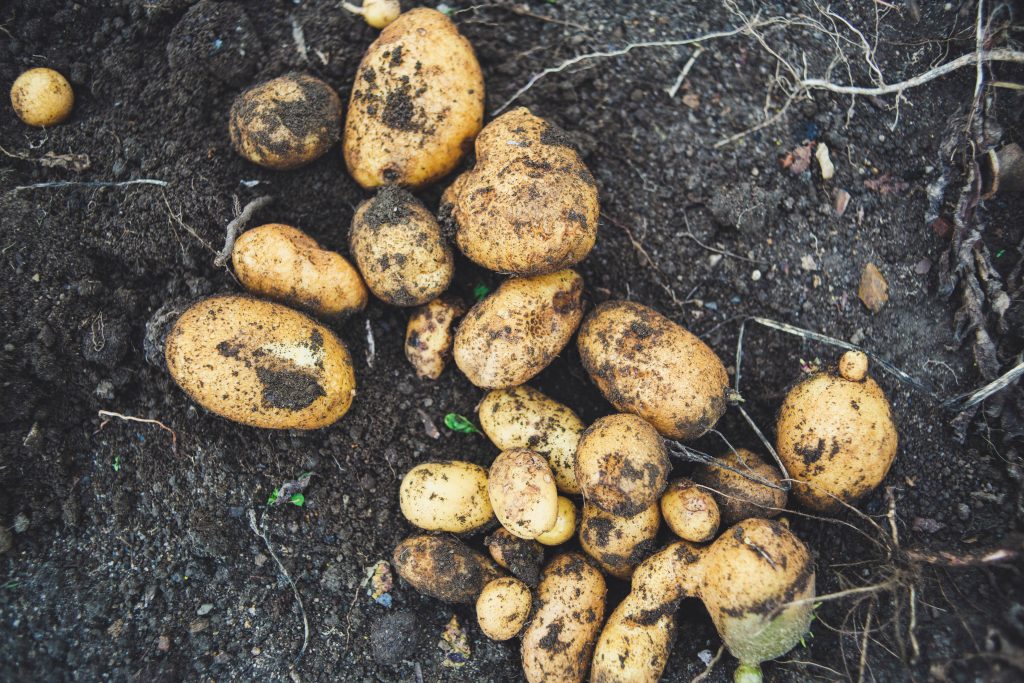Root and tuber crops play a crucial role in global agriculture, providing sustenance for millions of people and serving as versatile ingredients in various culinary traditions. These crops, often overlooked in comparison to more mainstream staples, are the underground powerhouses of our diets. In this article, we will look into the fascinating world of root and tuber crops, exploring their diversity, uses, and answering some common questions about specific varieties.
What are root and tuber crops?
Root and tuber crops are a diverse group of plants cultivated for their underground storage organs, which serve as a vital source of energy and nutrients. The term encompasses plants with modified roots (such as taproots) and underground stems (tubers or rhizomes) that store carbohydrates, water, and essential nutrients. These crops play a significant role in global agriculture, providing sustenance, culinary diversity, and nutritional value to diverse populations around the world.
Examples of Root and Tuber Crops
- Potatoes
- Carrots
- Sweet Potatoes
- Cassava
- Beets
- Turnips
- Yams
- Radishes
- Ginger
- Garlic
- Onions
- Taro
Understanding Each Crop
Potatoes
Potatoes (Solanum tuberosum) are one of the most widely consumed root crops globally. These starchy tubers come in various colors and varieties, offering versatility in culinary applications. From mashed potatoes to fries, the potato’s culinary impact is undeniable.
Carrots
Carrots (Daucus carota) are not only renowned for their vibrant orange hue but also for their high beta-carotene content. This root crop is a nutritional powerhouse, promoting eye health and adding a sweet crunch to salads or a nutritious element to stews.
Sweet Potatoes
Sweet potatoes (Ipomoea batatas) are beloved for their sweet flavor and vibrant colors. Packed with vitamins and fiber, they are a nutritious alternative to regular potatoes. They can be baked, mashed, or even used in desserts.
Cassava
Cassava (Manihot esculenta) is a tropical root crop known for its starchy tuber. Common in African and South American cuisines, cassava is used to make staples like tapioca and provides a reliable source of carbohydrates in various forms.
Beets
Beets (Beta vulgaris) are not only valued for their roots but also for their leafy greens. The root, with its earthy flavor, can be roasted, pickled, or even used in smoothies, while the greens are rich in nutrients and can be sautéed or added to salads.
Turnips
Turnips (Brassica rapa) have a distinct, peppery flavor and are often used in both raw and cooked forms. These root vegetables are versatile, featuring in salads, soups, or simply roasted with other vegetables.
Yams
Yams (Dioscorea species) are staples in many tropical regions, with their starchy, often larger tubers. They can be roasted, fried, or mashed, serving as a substantial source of carbohydrates in various cuisines.
Radishes
Radishes (Raphanus sativus) add a delightful crunch and peppery flavor to salads and other dishes. These root vegetables come in various colors and shapes, making them both visually appealing and versatile in the kitchen.
Ginger
Ginger (Zingiber officinale) is a rhizome rather than a true root, but it’s often grouped with root crops due to its similar underground growth. Widely used in cooking and known for its medicinal properties, ginger adds a spicy kick to dishes and beverages.
Garlic
Garlic (Allium sativum) consists of cloves clustered together in a bulb. This pungent root crop is a culinary cornerstone in many cuisines, enhancing the flavor of dishes while also offering potential health benefits.
Onions
Onions (Allium cepa) are indispensable in the kitchen, providing a strong, savory flavor to countless dishes. Whether raw, caramelized, or sautéed, onions are a fundamental ingredient in global culinary traditions.
Taro
Taro (Colocasia esculenta) is a staple in tropical regions, known for its starchy corms. Used in both sweet and savory dishes, taro is a versatile crop that adds a unique taste and texture to various culinary creations.
Read also: Classification of crops

Uses of Root and Tuber Crops
- Dietary Staples: Root crops like potatoes, sweet potatoes, and cassava serve as primary dietary staples for many communities worldwide, providing a rich source of carbohydrates.
- Culinary Diversity: These crops add diversity to global cuisines, contributing unique flavors, textures, and colors to a wide range of dishes.
- Nutritional Powerhouses: Root and tuber crops, such as carrots and sweet potatoes, are rich in essential vitamins, minerals, and antioxidants, promoting overall health.
- Food Industry Ingredients: Some root crops, like cassava, are processed into ingredients like tapioca, starch, and flour, serving as essential components in the food industry.
- Animal Feed: Certain root crops are used as animal feed, contributing to livestock nutrition and supporting the agricultural supply chain.
- Medicinal Uses: Ginger and garlic, among others, are renowned for their medicinal properties, contributing to traditional and alternative medicine practices.
- Cultural Significance: Root and tuber crops often hold cultural significance, featuring prominently in traditional rituals, celebrations, and culinary heritage.
The bottom line
In conclusion, root and tuber crops are not only hidden gems beneath the soil but also essential contributors to global food security and culinary diversity. From the humble potato to the exotic taro, these crops offer a myriad of flavors, textures, and nutritional benefits. As we continue to explore and appreciate the richness of our food resources, it’s crucial to recognize the vital role that root and tuber crops play in shaping our diets and cultures.
Frequently Asked Questions
Is yam a root crop?
Yes, yam is a root crop. It is a tuberous root vegetable belonging to the Dioscorea genus and is a staple in many tropical regions.
Is onion a root tuber?
No, onions are bulbs, not root tubers. They belong to the Allium genus and are part of the Alliaceae family.
Is rice a root crop?
No, rice is not a root crop. It is a cereal grain and is cultivated as an annual plant, primarily for its edible seeds.
What are 5 root vegetables?
Five root vegetables include carrots, potatoes, sweet potatoes, turnips, and radishes.
Is garlic a stem or root?
Garlic is a bulb, which means it is an underground storage organ. While it has roots, it is more accurately classified as a bulb, consisting of cloves clustered together.
